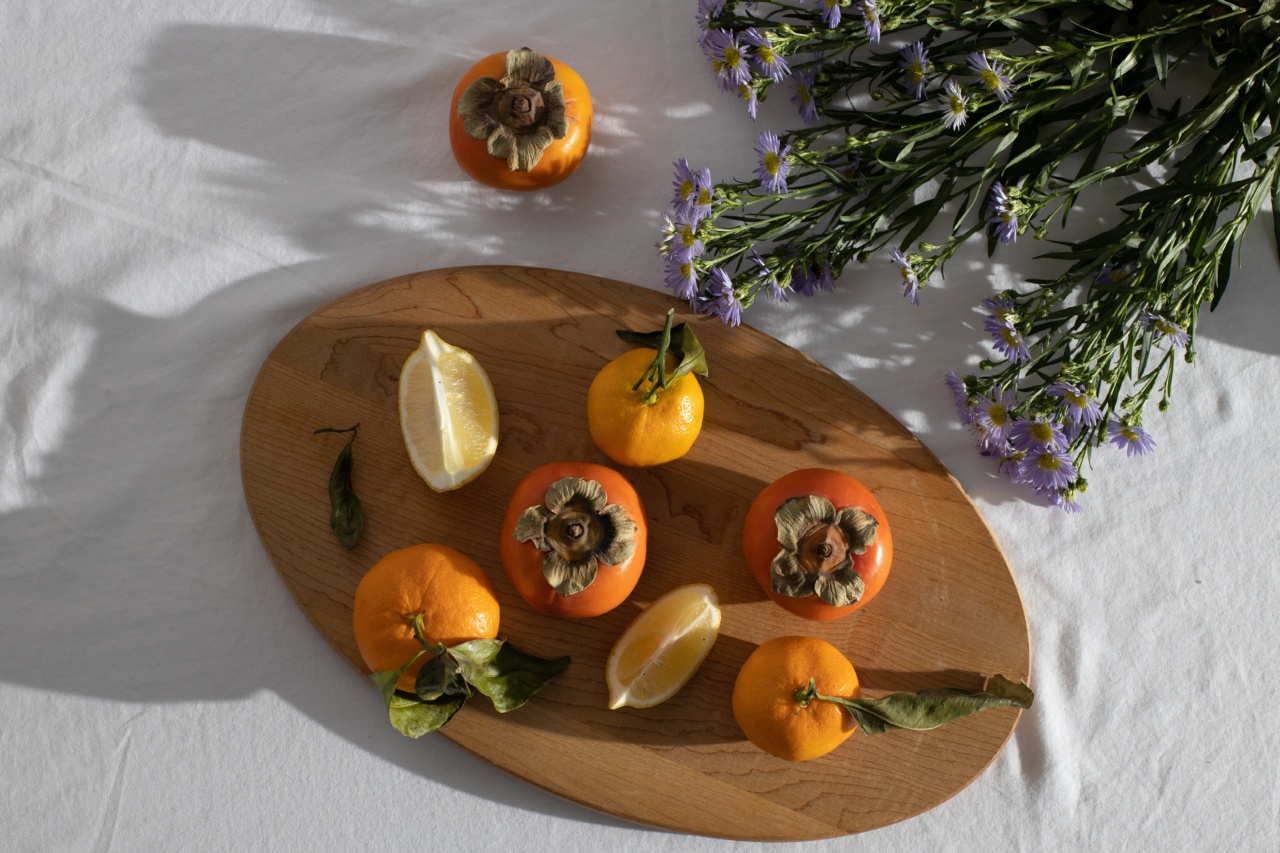Diabetes is one of the most common chronic diseases affecting millions of people worldwide. It is a disease that is characterized by high blood glucose levels due to a lack of insulin production or the body’s inability to effectively use insulin.
Several studies have shown that oxidative stress and inflammation are key factors that contribute to the development and progression of diabetes mellitus. Antioxidant plants are known to have a protective effect against oxidative stress and inflammation, making them a potential solution for managing diabetes.
What are Antioxidant Plants?
Antioxidant plants are those that contain compounds that protect the body from damage caused by free radicals.
Free radicals are unstable molecules that can cause cellular damage and contribute to the development and progression of many chronic diseases, including diabetes. Antioxidants neutralize free radicals and protect the body’s cells from damage.
The Link between Oxidative Stress and Diabetes Mellitus
Oxidative stress occurs when there is an imbalance between the production of free radicals and the body’s ability to neutralize them.
Several studies have shown that oxidative stress is a key factor in the development and progression of diabetes mellitus. Oxidative stress can lead to insulin resistance, beta-cell dysfunction, and damage to blood vessels, which can contribute to the development of complications associated with diabetes, such as cardiovascular disease and diabetic nephropathy.
Antioxidant Plants and Diabetes Mellitus
Antioxidant plants are known to have a protective effect against oxidative stress and inflammation.
Several studies have shown that consuming antioxidant-rich foods can help lower blood glucose levels and improve insulin sensitivity in individuals with diabetes.
10 Antioxidant Plants with Antidiabetic Properties
1. Cinnamon
Cinnamon is a spice that is commonly used in cooking and has been shown to have antidiabetic properties. Several studies have shown that cinnamon can improve insulin sensitivity and lower blood glucose levels in individuals with type 2 diabetes.
2. Turmeric
Turmeric is a spice that is commonly used in curry dishes and has been shown to have anti-inflammatory and antidiabetic properties.
Several studies have shown that turmeric can improve insulin sensitivity and lower blood glucose levels in individuals with type 2 diabetes.
3. Aloe Vera
Aloe vera is a plant that has been used for centuries for its medicinal properties. Several studies have shown that aloe vera can lower blood glucose levels in individuals with type 2 diabetes.
4. Ginseng
Ginseng is a plant that has been used in traditional medicine for its anti-inflammatory properties. Several studies have shown that ginseng can improve insulin sensitivity and lower blood glucose levels in individuals with type 2 diabetes.
5. Fenugreek
Fenugreek is a spice that is commonly used in cooking and has been shown to have antidiabetic properties. Several studies have shown that fenugreek can improve insulin sensitivity and lower blood glucose levels in individuals with type 2 diabetes.
6. Ginger
Ginger is a spice that is commonly used in cooking and has been shown to have anti-inflammatory and antidiabetic properties.
Several studies have shown that ginger can improve insulin sensitivity and lower blood glucose levels in individuals with type 2 diabetes.
7. Garlic
Garlic is a plant that is commonly used in cooking and has been shown to have anti-inflammatory and antidiabetic properties.
Several studies have shown that garlic can improve insulin sensitivity and lower blood glucose levels in individuals with type 2 diabetes.
8. Blueberries
Blueberries are a fruit that is high in antioxidants and has been shown to have antidiabetic properties.
Several studies have shown that consuming blueberries can improve insulin sensitivity and lower blood glucose levels in individuals with type 2 diabetes.
9. Olive Oil
Olive oil is a plant-based oil that is high in monounsaturated fat and has been shown to have anti-inflammatory and antidiabetic properties.
Several studies have shown that consuming olive oil can improve insulin sensitivity and lower blood glucose levels in individuals with type 2 diabetes.
10. Green Tea
Green tea is a drink that is high in antioxidants and has been shown to have anti-inflammatory and antidiabetic properties.
Several studies have shown that consuming green tea can improve insulin sensitivity and lower blood glucose levels in individuals with type 2 diabetes.
Conclusion
Antioxidant plants have been shown to have a protective effect against oxidative stress and inflammation, which are key factors in the development and progression of diabetes mellitus.
Consuming antioxidant-rich foods such as cinnamon, turmeric, aloe vera, ginseng, fenugreek, ginger, garlic, blueberries, olive oil, and green tea can help lower blood glucose levels, improve insulin sensitivity, and prevent the development of diabetes-related complications.


























